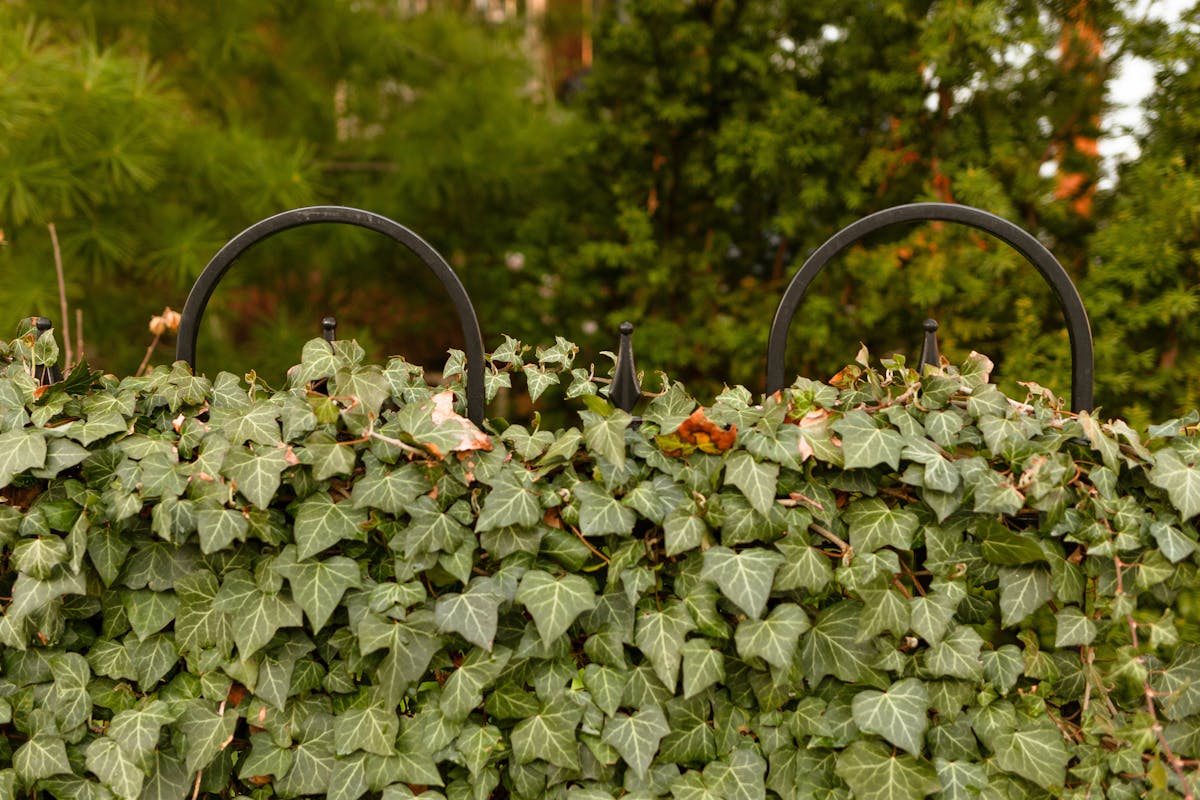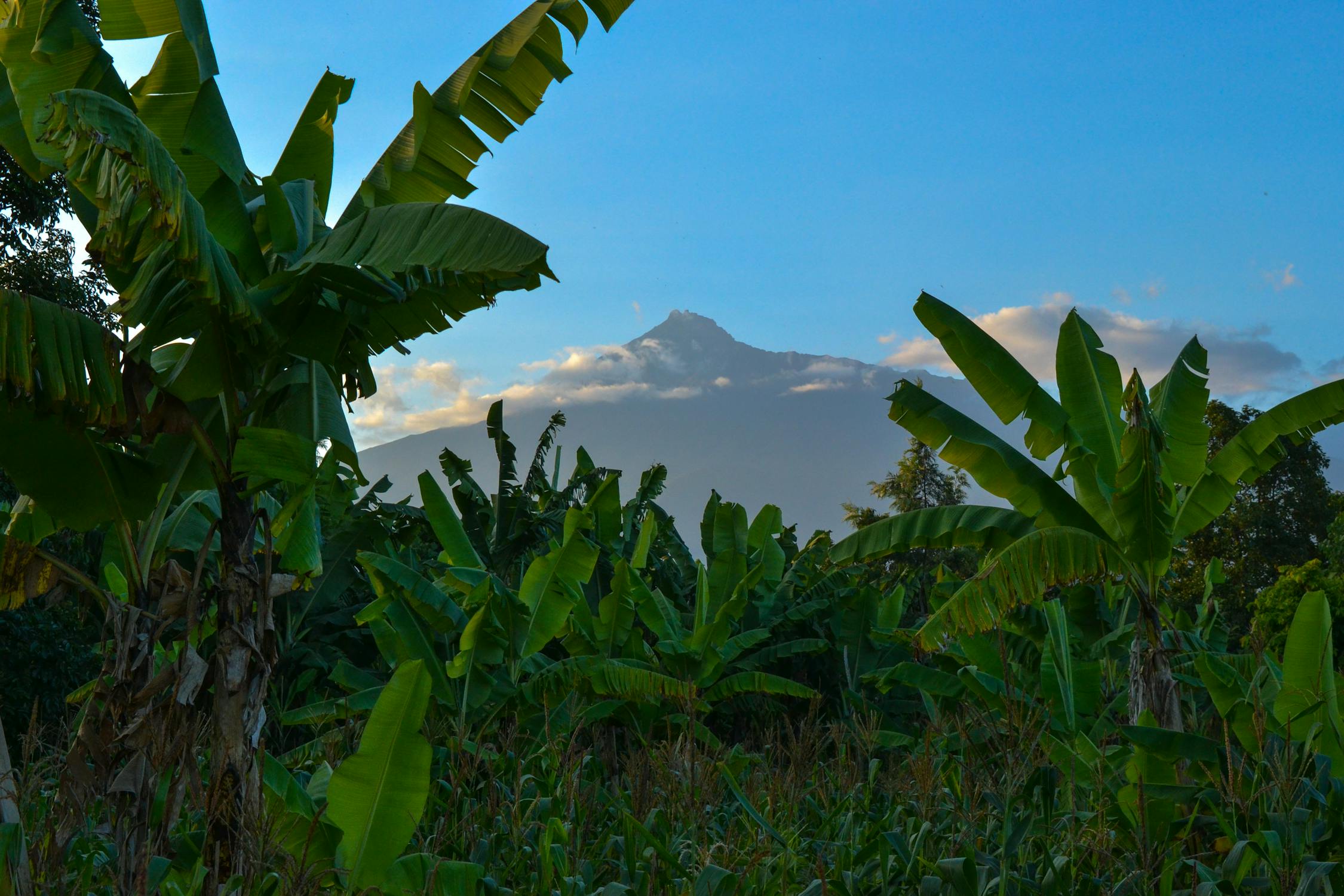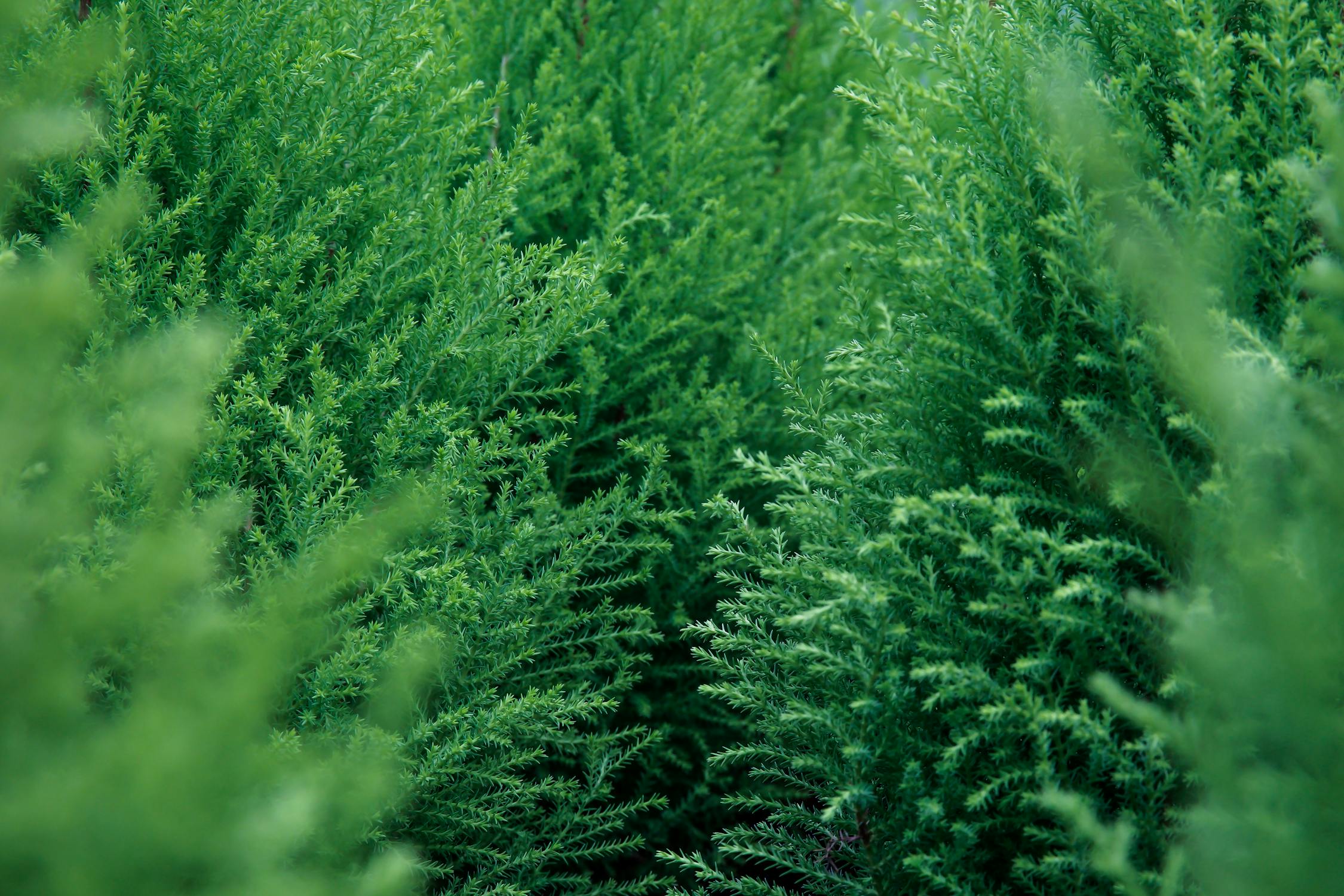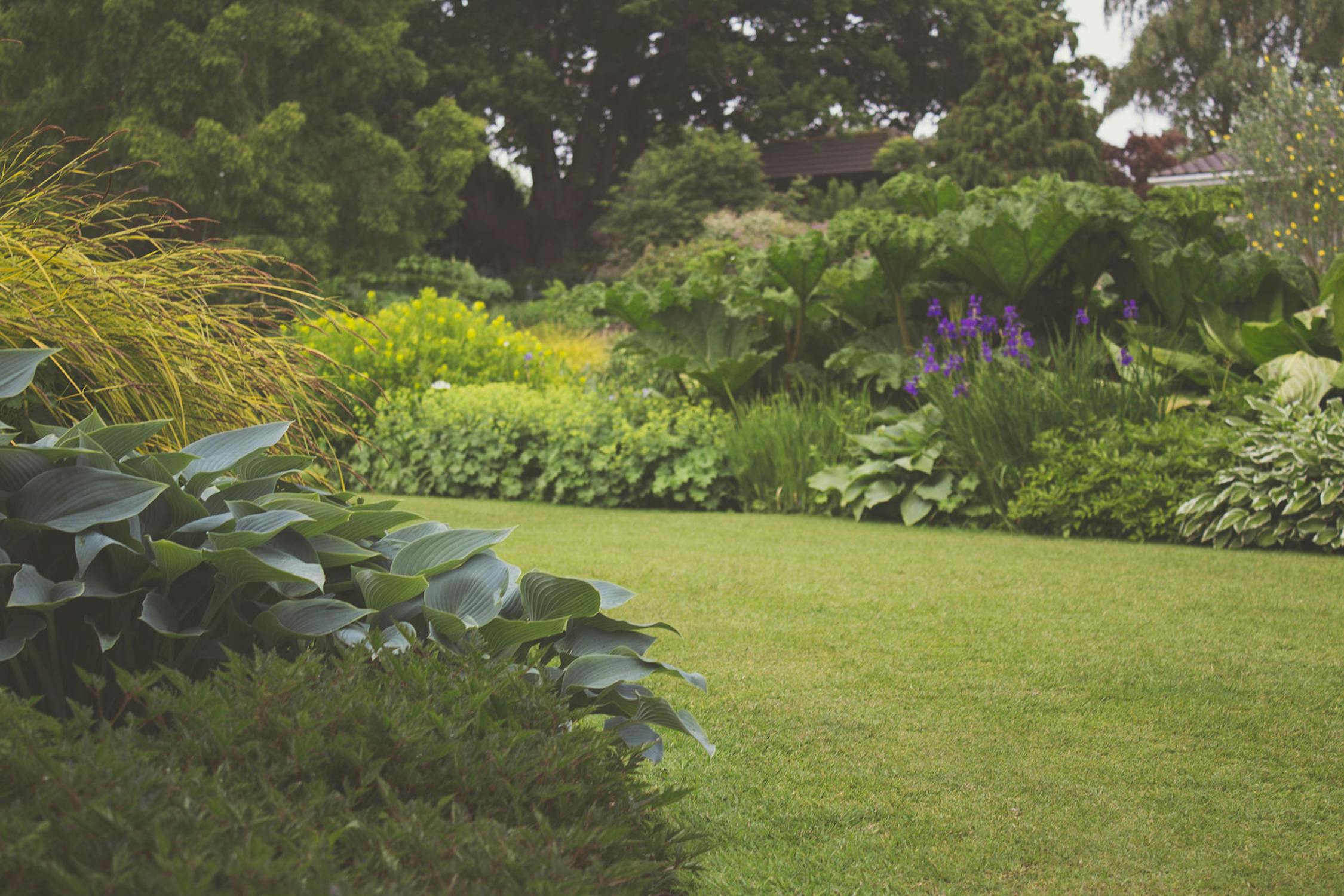
If you’re not a fan of slithery visitors, you’ll want to steer clear of snake attracting plants in your home or garden. While these plants don’t actually attract snakes in the way flowers attract bees, certain types of greenery can create the ideal conditions for snakes to hide, hunt, or even breed. Think thick ground covers, shady shrubs, or plants that grow in moist, cluttered areas—these environments offer shelter and protection that snakes love. This can happen anywhere, even in suburban or city gardens. Most snakes aren’t harmful, but chances are you’d still prefer not to surprise one while watering your plants. By avoiding a few specific plants and making thoughtful landscaping choices, you can help keep your outdoor space less snake-friendly. Let’s take a look at which plants to watch out for and what you can do instead.
1. Jasmine

Jasmine might smell sweet, but snakes love what it offers. This plant grows thick and fast, creating shady, cool ground cover. That’s prime real estate for a snake looking to hide during the day. The dense vines also give small prey animals like lizards a place to hang out, which draws in hungry snakes. It’s not the fragrance that attracts them—just the ideal hiding conditions. If you have jasmine near walls or fences, it becomes even more inviting. Snakes tend to follow the edges of structures, and overgrown jasmine makes that path even cozier. If you can’t part with your jasmine, at least keep it trimmed and away from the house foundation. Better yet, consider swapping it out for something with thinner growth that doesn’t trap moisture. You’ll still get a pretty garden without turning it into a snake lounge.
2. Lemongrass

Lemongrass is known for repelling mosquitoes, but oddly enough, it can attract snakes. This plant grows in thick clumps that stay cool and shaded, especially at the base. Snakes like to curl up in spots that feel safe and hidden. Lemongrass checks all those boxes. Its long, blade-like leaves also make it harder to spot what’s hiding beneath. If you’re walking barefoot through the garden, that’s not a surprise you want. The moisture held around its roots adds to the appeal, especially in dry climates. It’s a popular plant, but if you’re worried about snakes, it might not be worth the risk. Go with plants that are upright or less bushy. You’ll cut down on hiding spots without giving up your garden’s beauty.
3. Juniper Bushes

Junipers are a common landscaping choice, but they can be a magnet for snakes. These low-growing, dense bushes are perfect for staying cool in hot weather. The thick needles and branches also keep predators away, making them an ideal shelter. It’s not uncommon for mice and insects to hang out in junipers, which gives snakes an easy food supply. Once they know a food source is nearby, they’re likely to stick around. The dry, needle-filled interior of a juniper might not look cozy to us, but for snakes, it’s like a five-star hideout. Homeowners often plant junipers for ground cover or borders, but that’s right where snakes like to travel. If you’ve got kids or pets playing outside, these bushes could be more trouble than they’re worth. Try something with more open growth and less ground contact.

4. Bird of Paradise

The Bird of Paradise plant is stunning, but it’s another favorite for snakes. Its large leaves and spreading base create excellent shade and hiding spots. Snakes don’t care about the flowers—they care about feeling safe and unseen. This tropical plant can grow quite large, and when left unchecked, it turns into a jungle corner. That thick base also retains moisture, which is a bonus for snakes during hot months. Insects and small animals are often found nearby too, making it a one-stop shop for snakes. If your garden has a tropical theme, consider breaking up the space with stones or gravel. This makes it harder for snakes to slither unseen. Keeping the Bird of Paradise trimmed and isolated from walls helps, but swapping it for a smaller plant may be the safer route.
5. Ivy

Ivy is one of the worst offenders when it comes to snake attracting plants. It certainly does look charming crawling up a wall or fence, but it’s basically a snake hotel. The thick vines and dark ground cover give snakes everything they want—shelter, cool shade, and lots of privacy. Ivy also tends to trap moisture underneath, especially after rain or watering. That damp environment is snake-friendly and can also attract frogs and insects, which snakes eat. Once ivy takes hold, it can be hard to manage. It spreads fast and grows in hard-to-reach places, making it nearly impossible to check for hiding reptiles. If you’re set on vines, go with something lighter and less invasive. Keep ivy off the ground and away from patios, where it’s more likely to cause issues.
Read More: Create a Mosquito-Free Zone in Your Backyard with These 9 Plants
6. Pampas Grass

Pampas grass might look elegant waving in the breeze, but it’s a real snake magnet. The tall, thick blades create a maze of cover that’s almost impossible to inspect. Once a snake settles inside, it’s not easy to spot—or remove. The base stays moist and shaded, perfect for hiding. These grasses also attract bugs and rodents, adding another reason for snakes to move in. If left untrimmed, pampas grass becomes a tangled mess that’s hard to maintain safely. For families or anyone who enjoys barefoot walks through the yard, this plant can be risky. Many people plant it for its looks, but safer ornamental grasses are available. Smaller clumping grasses still give texture without offering full coverage to snakes.

7. Aloe Vera

Aloe vera is loved for its soothing gel, but it can quietly become a snake-friendly plant. Its thick, arching leaves grow low to the ground and form tight clusters. This creates shaded pockets that are perfect for snakes trying to stay hidden. In hot areas, aloe helps hold moisture in the soil, which adds to the appeal. It’s also not unusual to find bugs and frogs living around aloe beds. These draw in hungry snakes looking for an easy meal. Because aloe doesn’t require much maintenance, it’s easy to forget about what might be nesting underneath. To reduce the risk, space out aloe plants and keep the area clear of debris. Gravel mulch around them can also help make things less inviting.
8. Sunflowers

Sunflowers look like they would be the most innocent plant of all. However, they have the potential to create the perfect conditions for snakes. The tall stalks grow closely together and cast big shadows, which keeps the soil underneath cool. Rodents are often drawn to sunflower seeds, and where there are rodents, snakes usually follow. Once they find that food source, they’re likely to stick around. The stems and leaves also make it tough to spot movement near the ground. If you grow sunflowers near fences or sheds, you’re giving snakes a handy highway into hidden spaces. Regularly clearing away fallen seeds and trimming back nearby growth can help. Consider growing sunflowers in open areas where you can keep an eye on them. They’re lovely, but not always worth the risk close to the home.
9. Banana Plant

Banana plants definitely give your yard a tropical vibe, but they’re not the safest pick if you’re avoiding snakes. These plants grow large, leafy, and fast, often forming thick clusters with very little open space. The heavy shade underneath makes the ground cool and damp, which snakes love. Fallen banana leaves also trap moisture and create a natural cover where snakes can hide comfortably. If you let the plants grow close to fences or walls, you’re giving snakes a cozy corner with shelter on all sides. The base of the plant can collect water and attract frogs or insects, adding even more appeal for slithery visitors. Because banana plants are usually planted in groups, they form a natural hiding spot that’s tough to monitor. If you want the tropical look without the risk, choose a palm with more airflow underneath. Keeping the area around your banana plants clear and dry helps too, but they’ll always carry some risk.
10. Cypress

Cypress trees are popular for their tall, slender shape and ability to create privacy, but they also attract snakes more than you might expect. The ground around a cypress tree tends to stay shaded and moist, which is perfect for reptiles. Cypress roots often grow close to the surface, creating a network of cool spaces underneath. If the area isn’t well-maintained, fallen needles or mulch build up and provide excellent cover for snakes. These trees also tend to grow in clusters or lines, giving snakes an easy path along fences or property edges. While snakes don’t care about the tree itself, they love what grows and lives around it. Insects and small rodents may gather near the base, providing a convenient food source. If you’re using cypress for privacy, consider spacing them out more or planting them away from main walkways. Gravel mulch and regular cleanup around the trunks can help make the area less inviting.

Conclusion

Keeping snakes out of your home and garden isn’t just about fear—it’s about safety and peace of mind. While snakes aren’t always harmful, no one wants to be surprised by one while gardening or playing outside. By steering clear of these common snake attracting plants, you can make your outdoor spaces much less appealing to them. The trick is avoiding thick, shady, moisture-holding plants that also attract their prey. It doesn’t mean giving up on a beautiful yard. There are plenty of snake-safe plants that still offer color, structure, and style. Pay attention to where you plant and how those areas are maintained. Trim regularly, space things out, and skip plants that create dense cover close to the ground. A little planning goes a long way in keeping your garden both pretty and peaceful.